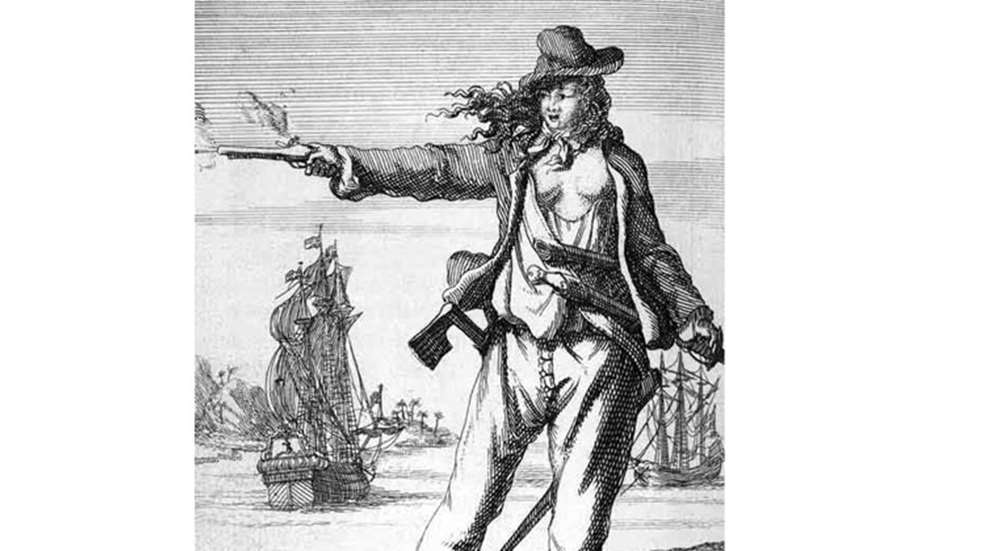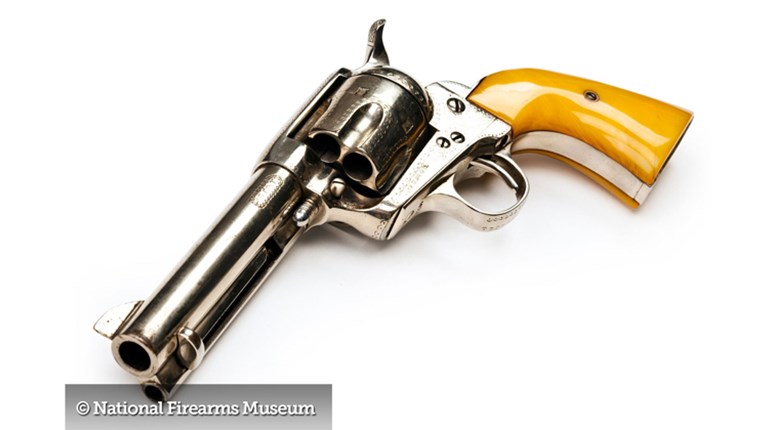
If all you know about pirates comes from watching Disney’s many Pirates of the Caribbean movies featuring Johnny Depp as Captain Jack Sparrow and his crew of the Black Pearl, well, step aboard, Matey; let me tell you the true story of America’s pirates. Arrrgh…, much of what you think you know just t’weren’t so!
The Golden Age of Piracy in the Atlantic existed from roughly the 1650s to the late 1720s, with the decade from 1716 to 1726 being the period when most pirates were plying their nefarious trade off America’s eastern seaboard. And, surprisingly, most if not all of the original 13 colonies knowingly welcomed pirates, at least for a time, some even harboring them. Pirate ships brought sorely needed trade goods to the fledgling settlements.
Pirates obtained their ships in true pirate fashion, by stealing them. It usually began when a small merchant or navy vessel—often with an obnoxious, dictatorial captain—experienced a mutiny. The captain and crew members who did not wish to join the mutineers in a life of crime would be put adrift in a small boat or dropped off on a remote island. The mutineers would then turn to capturing ships one by one, robbing them of anything of value: cargo, sails, rigging and the most coveted rewards of all, shipments of gold, silver, coins or precious gems.
The captured ships were referred to as “prizes,” and if a ship was larger or in other ways more desirable than the one the pirates currently had they would simply keep the new one and scuttle or torch the old one. Sometimes they would retain both ships, with a few pirate captains gradually building an armada of half a dozen ships or more. But most pirates didn’t live that long; their brief careers, motivated by greed, often ended in an unexpected, violent death.
Pirate crews, usually about 75 to 80 sailors per ship, were made up almost exclusively of men. But there were two noted exceptions, Anne Bonny and Mary Read, who were part of “Calico” Jack Rackham’s pirate crew. Bonny was Rackham’s lover and Read also had a consort on board. The women did more than share a bed with the pirates, however; they also fought alongside them. Piracy was considered a capital offense, and when Rackham and his crew were captured in 1720 most of the pirates were sentenced to death by hanging, including the two women.
As a way of avoiding the hangman’s noose both women “pleaded their bellies,” meaning they claimed they were pregnant. After having this confirmed, the court granted each woman a temporary stay of execution. Read died while in jail of an unspecified illness and Bonny eventually disappears from the historical record, her ultimate end unknown.
As for the ships themselves, it was the age of sail and all types of craft were hijacked on the high seas and converted to pirate ships: schooners, snows, brigantines and on rare occasions even frigates. But the ultimate pirate ship was a sloop. Fast, with a shallow draft, and easy to handle, sloops were capable of sailing the open ocean as well as maneuvering in dangerous shoal waters close to the coasts. In fact, sailing near shallow, treacherous reefs was one of the pirates’ escape tactics. If they were being pursued by a larger vessel, such as a man-of-war, the pirates would steer toward the shallows, hoping the larger ship with a deeper draft would run aground.
“Guns” on a pirate ship referred to the cannons lining its sides (usually 10 to 20) and varied by size, shooting three, six, nine or 12-pound cannonballs, sometimes even heavier. The cannons could also fire an exploding canister filled with iron pellets known as partridge or swan shot. Bar shot, molded into the shape of a modern-day dumbbell, was fired into a ship’s sails and rigging to slow its progress.
Smaller cannons, known as chase guns, were mounted on the bow and stern of pirate ships. When in pursuit of a “prize,” a chase gun would be used to fire a shot across the ship’s bow, the universal signal for the ship to stop and surrender. On the other hand, if the pirate ship itself was being chased, the stern gun could be used to fire at its pursuer.
Once a ship was stopped, the pirates quickly lowered small boats and rowed to the pursued ship, swarming over its sides, bristling with weapons in hand—pistols, muskets and cutlasses—while clenching knives between their teeth. The firearms were flintlock muzzleloaders, capable of firing only one shot before needing to be reloaded. But there was often no time to reload, especially if the crew of the boarded vessel decided to fight. It was then the cutlass was brought to bear. A slightly-curved, thick-bladed sword of 20 to 30 inches in length, it could be swung in the tight quarters of a crowded deck with devastating consequences.
Whenever possible, though, pirates preferred not to fight. Rather, they hoped to win the day through intimidation by a show of overwhelming numbers of men and firepower. Which is why when the crew of a boarded vessel chose to resist and was defeated, harsh punishment inevitably followed.
Captains were often singled out and tortured by pirates for two reasons: as an example to the remaining crew, and also so the pirates could quickly discover where the valuables on a ship were hidden. Entire crews could also be slaughtered. The Boston News-Letter reported in 1718 that merchant crews “that have made resistance have been most barbarously butchered, without any quarter given to them, which so intimidates our sailors that they refuse to fight when the pirates attack them.”
It’s no wonder then that when a pirate flag was spotted flying atop a quickly approaching ship knees went weak. A white skull and crossbones on a black background—the Jolly Roger—was the iconic pirate flag, but other images were used, as well. One pirate flag pictured a skeleton holding an hourglass, signifying that time was running out for the pursued vessel.
Today, each September 19th since 2002 is celebrated as International Talk Like a Pirate Day. But to be historically accurate don’t say “arrrgh,” as no real pirate ever likely talked like that. It’s just another Hollywood inaccuracy of pirates and piracy—the truth is much more interesting.
If you’d like to read more about The Golden Age of Piracy, the book Black Flags, Blue Waters: The Epic History of America’s Most Notorious Pirates, by author Eric Jay Dolin is highly recommended.






































